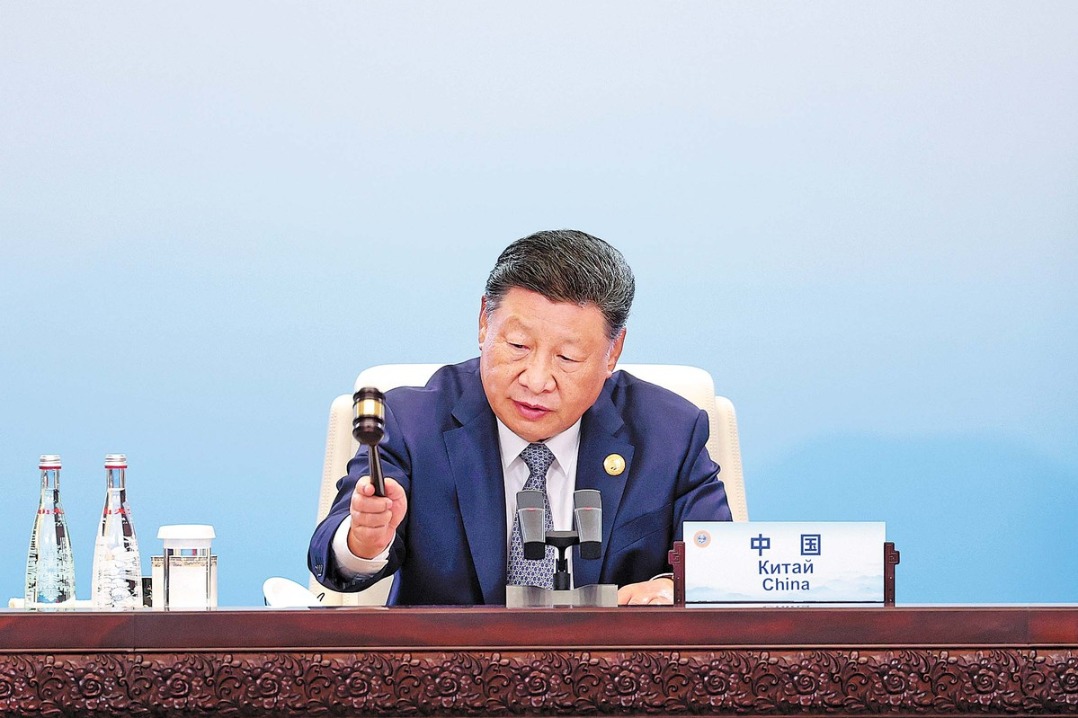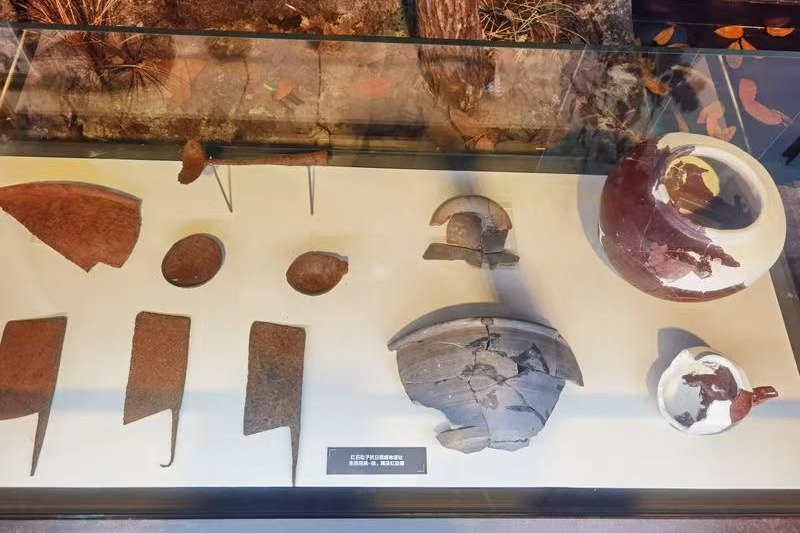Less-invasive spine surgery tech benefiting patients

Shanghai East Hospital said Friday that a patient from Hainan province has become the latest beneficiary of a spinal endoscopic technology known as uni-port bichannel dual-media, or UBD, which reduces incisions from about 20 centimeters to 1 cm.
The innovative procedure, developed by Professor He Shisheng of the hospital's minimally invasive spine center, represents a major milestone in spinal operations, the hospital said. The technology has secured 40 patents after a decade of research, according to the hospital affiliated with Tongji University.
While traditional open surgeries require incisions of roughly 20 cm, UBD limits them to about 1 cm, offering significant benefits for patients with complex spinal conditions, the hospital said. The technology uses dual channels — one providing a high-definition visual field and the other allowing precise operation in the affected area.
The latest patient, a 43-year-old man from Hainan province, sought treatment in Shanghai after months of persistent back and leg pain that made walking difficult. His symptoms began as soreness after activity but worsened to the point that he had to stop walking every few dozen meters.
Local hospitals diagnosed him with high-grade lumbar disc herniation with calcification and severe spinal canal stenosis, a complex and dangerous condition that could lead to paralysis if aggravated. Several hospitals recommended traditional surgery, which involves significant trauma and poses risks for heavy bleeding and infection.
After learning about He's UBD technology, the patient traveled to Shanghai for treatment.
In a surgical space measured in millimeters, doctors avoided critical nerves and blood vessels while removing calcified disc tissue. The patient's surgery lasted about an hour, and he was able to get out of bed independently the same day.
"Minimally invasive spinal surgery in China has transitioned from importing experience from abroad to achieving independent innovation at a rapid pace over the past decade," He said.
The professor said the dual-channel design is key, forming a V-shaped angle to ensure full visibility throughout the surgery and prevent instruments and mirrors from colliding. The specialized optical endoscope is just 2.7 millimeters thick, a significant breakthrough in craftsmanship, he added. These innovations have been patented.
Since being introduced in China in 2021, UBD technology has been used in about 100 hospitals nationwide, benefiting nearly 4,000 patients, according to He.
In 2024, the technology was adopted at a leading spine specialty hospital in Japan, where about 20 patients have been treated with it. International training centers have also been established in Japan and Thailand, drawing spinal surgeons from Russia, Japan, Malaysia, Thailand, Vietnam and India to observe and learn the procedure.
"Many of the experts are planning to adopt UBD technology. The registration of the relevant instruments is currently underway both domestically and internationally," He said. "I hope this original technology from China will be promoted globally, benefiting patients worldwide."
zhouwenting@chinadaily.com.cn
- Less-invasive spine surgery tech benefiting patients
- Symposium promotes justice, peace
- Excitement grows in HK over Beijing's V-Day parade
- Patriotism takes spotlight at symposium marking wartime commemoration
- Advancing toward a fairer world order
- Timeline of China's participation in UN peacekeeping missions




































